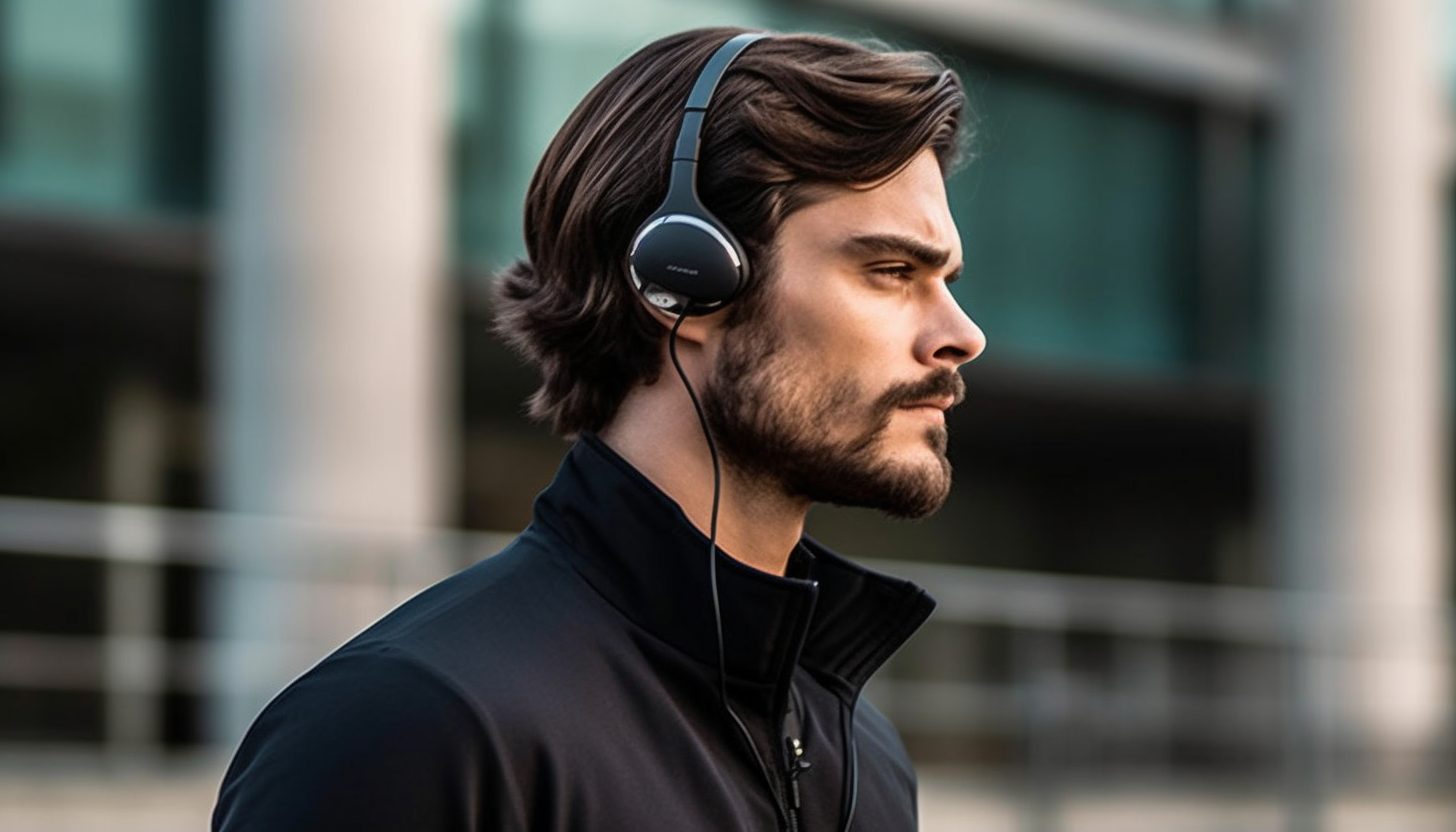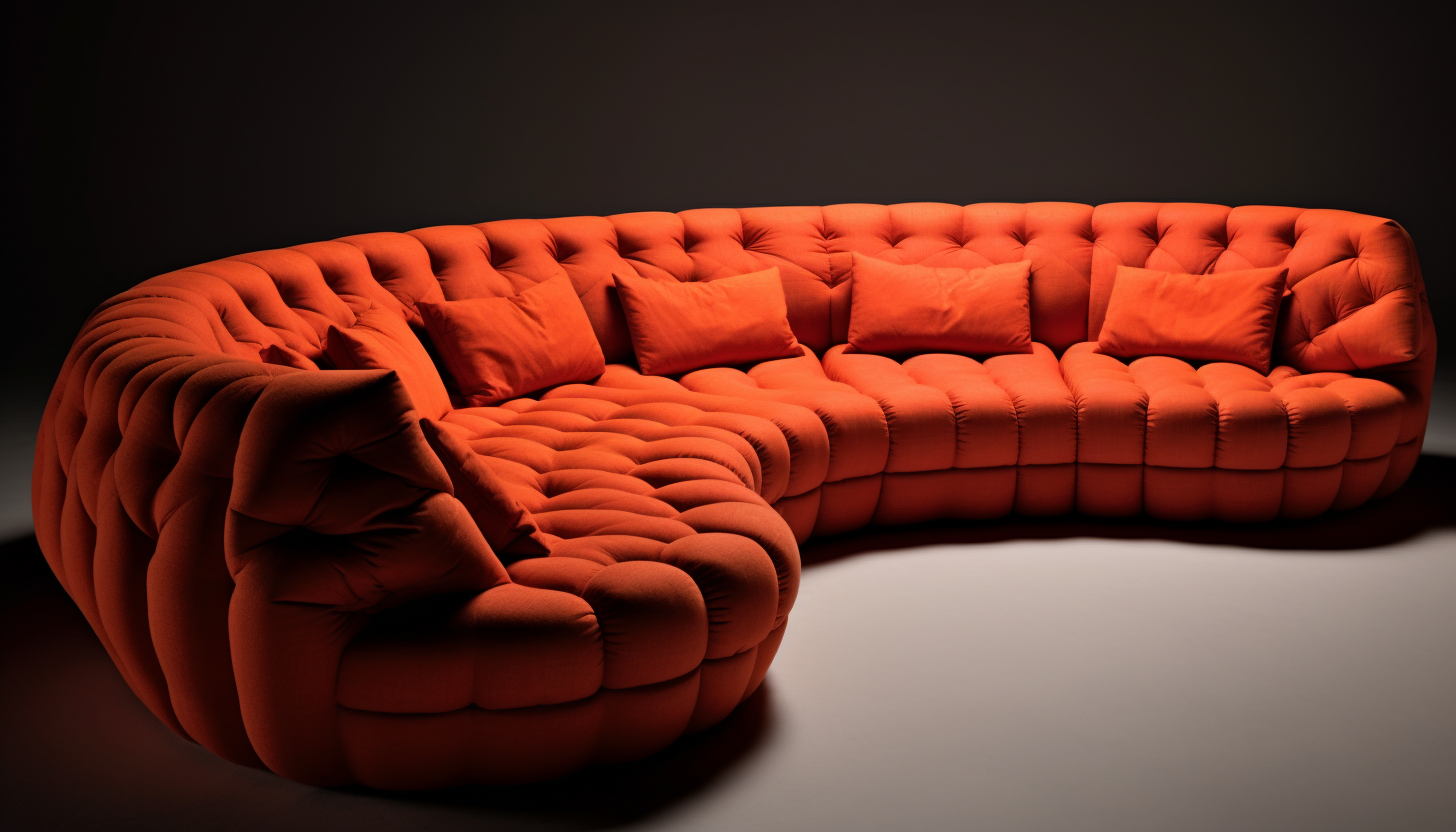P
May 28, 2023
Choosing the Best Bone Conduction Headphones for Hearing Impaired
#Bone conduction headphones
#Hearing impaired
#Listening experience
#Audio transmission
#Audio devices
#Sound transmission
#Music listening
#Video watching
#Communication
#Bone conduction technology
#Direct transmission
#Indirect transmission
#Hybrid systems

bone-conduction-headphones-thumbnail
Understanding Bone Conduction Technology
Bone conduction headphones are a relatively new technology that aims to provide a listening experience comparable to traditional hearing aids or headphones. Bone conduction technology uses vibrations transmitted directly to the inner ear via the bones of the skull to stimulate the auditory nerves. This bypasses the ear's outer and middle ear, which are the parts of the hearing system that are damaged in people with impaired hearing. This technology offers a rich listening experience, bringing clarity to audio transmission and providing a more natural hearing experience. However, it's important to understand the different types of bone conduction headphones available to choose the best one for your needs.
There are two main types of bone conduction headphones. The first type is direct transmission, which transmits sound directly to the inner ear through vibrations on the skull. This type is typically used for hearing aids and cochlear implants, as it provides a more natural hearing experience. The second type is indirect transmission, which transmits sound via vibrations on the skull to the outer ear, which then transmits the sound to the inner ear. This type is typically used for music and video listening, as it provides an enhanced listening experience. Hybrid systems, which combine direct and indirect transmission, are also available and can provide a seamless listening experience.
Selecting the Right Bone Conduction Headphones
When choosing the best bone conduction headphones for hearing impaired individuals, it's essential to consider the listening experience, audio devices used, and communication needs. For listening experience, direct transmission systems may provide a more natural hearing experience. However, indirect transmission systems may be preferred for enhanced audio transmission, especially for music and video watching. For audio devices, direct transmission headphones work best with hearing aids and cochlear implants, while indirect transmission headphones are best paired with audio devices such as TVs and smartphones. When it comes to communication, both types of bone conduction headphones can be used for phone calls, but direct transmission headphones may be preferred for face-to-face conversations as they provide a more natural hearing experience.
Conclusion
In conclusion, bone conduction headphones are a technology that offers a viable alternative to traditional hearing aids and headphones. With the right type of bone conduction headphones, people with impaired hearing can enjoy a rich listening experience, listen to music and watch videos, and communicate more effectively. It's important to understand the different types of bone conduction headphones available and choose the one that best suits your needs. Remember, the listening experience is just as important as the technology, so choose a pair of bone conduction headphones that provides a listening experience that's as close to natural hearing as possible.


